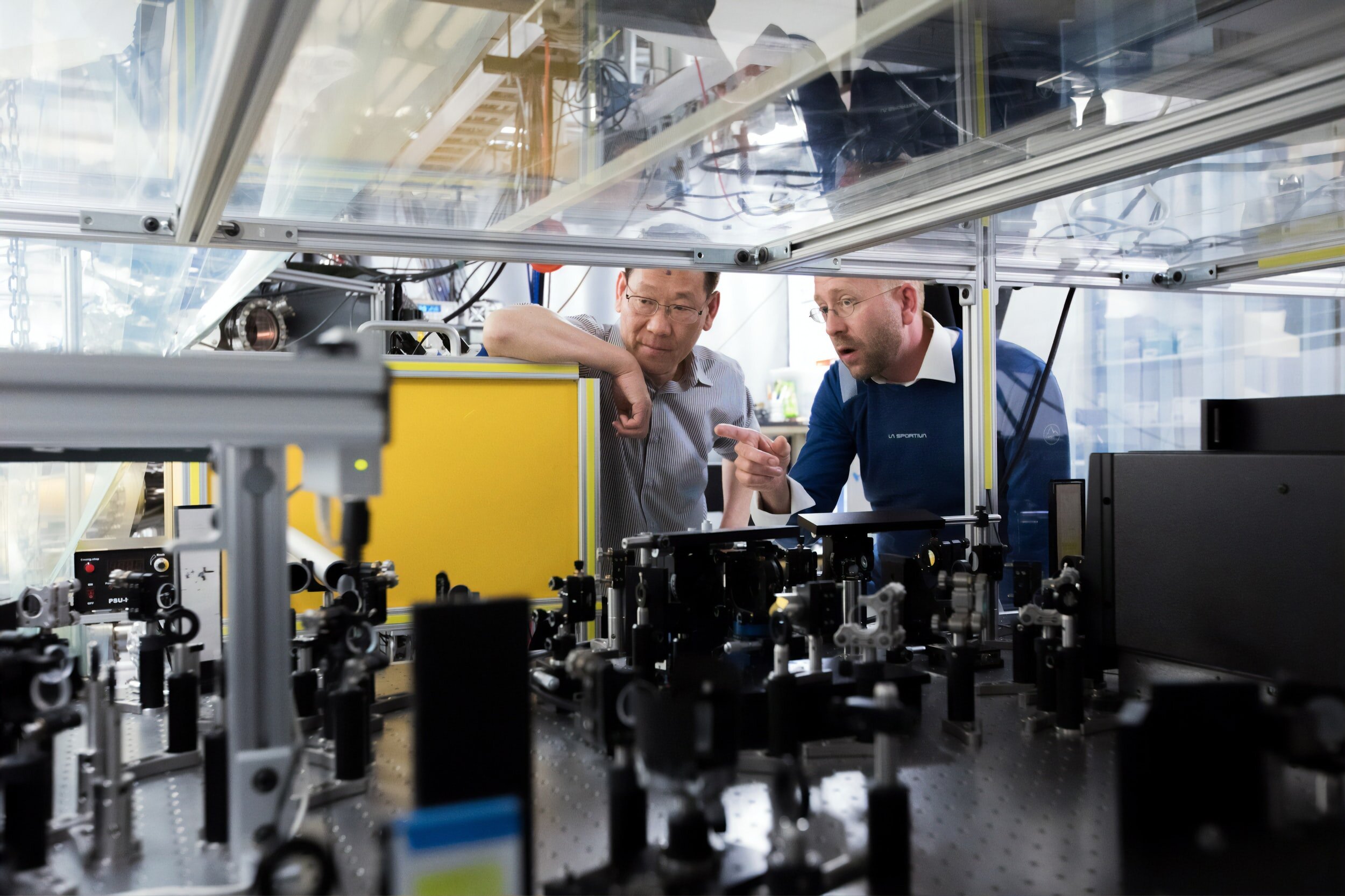Feedback Loops and Organizational Safety: How to Effectively Promote New Safety Habits in the Workplace
When it comes to rolling out new safety processes or implementing existing ones, getting uptake from workers can be challenging. In some cases, they may be purposefully resistant. In others, they may just be unconsciously following a habit. In the case of the second scenario, there is a process of unlearning and relearning that has to take place before this unsafe habit is replaced with a new, safer habit.
A safety system can be robust, clear, and well communicated. However, the safety system is only going to be as effective those following it allow it to be. Human behaviour can derail any safety plan. And since habits make up 40% of human behaviour, looking at how habits comply with safety standards will help ensure that workers and the business are protected.
How feedback influences habits
When it comes to unsafe habits, balancing feedback loops are required to adjust them. A balancing feedback loop seeks to resist further change in one direction (the existing unsafe habit) and counter it with a change in the opposite direction (the new safe habit). Balancing feedback loops work from both sides of the issue, both tackling the bad habit and promoting the good habit.
When there is no existing habit, feedback can also help in building a safe habit. Positive feedback to a worker when a process is followed safely and correctly creates a reinforcing feedback loop, increasing the likelihood that the worker will perform the same action again, which will over time turn into a safe habit.
When providing feedback, it is important to do so in a way that will create a positive experience, but also one in which the worker is most likely to understand and retain the information.
The importance of immediate feedback for learning
When using feedback to negate existing unsafe habits and promote new safe habits, it is most effective when the feedback is provided immediately. When feedback is received immediately after an action or event, workers are more likely to have superior comprehension of the feedback and are also more likely to retain the information learned in the feedback.
When received immediately, this also makes the learning active, instead of passive. Additionally, it provides the opportunity to the worker to correct mistakes more quickly and therefore increase the efficiency of learning.
In order for feedback to be effective, several conditions need to be met:
Consistency: the same feedback needs to be received each time a task is performed in order for the worker to learn the new process
Descriptive and easy to understand: the feedback needs to be clear and well defined
Based on data and credible: the feedback given must have objective basis and the alternative provided must be realistic
How can you implement immediate feedback in your organization?
The first step to encouraging feedback is acknowledging that the reason that it is not happening is because people do not know how or are uncomfortable providing feedback. Taking a look at the overall culture of the organization and the attitude towards feedback will help inform the work that needs to be done.
As with near miss reporting, it is important to encourage an environment of open communication. That way, employees and supervisors will be more willing to provide important safety feedback to one another, and allow for issues to be addressed in the moment.
In some circumstances, other workers or supervisors may not be present or be aware that an action is incorrect or unsafe. In these circumstances, safety technology can be used to provide immediate feedback to employees. For example, Proxxi Voltage alerts wearers to unexpected electrical energy, providing the workers with the feedback that a step may have been missed in the safety process. Proxxi Contact also does something similar. Contact provides wearers with alerts when they come too close to one another, encouraging compliance with COVID-19 safety rules, and reminding workers to stay 6 feet apart.
Employing multiple tactics to improve safety habits through feedback - be it recognition from a supervisor, a reminder from a colleague, or an alert from safety technology - will increase the speed of learning and more quickly improve overall safety in the workplace.



